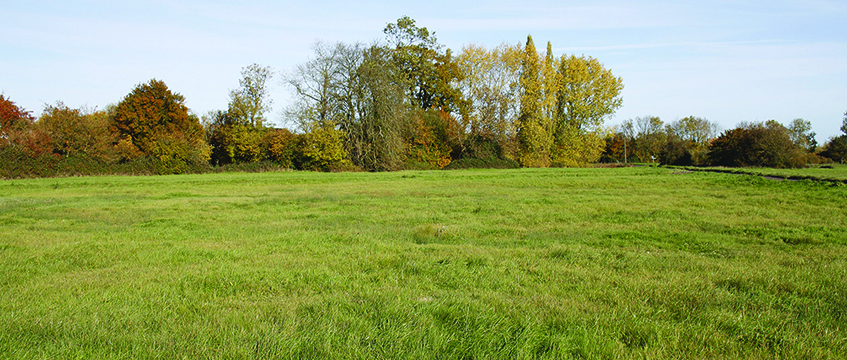The Supreme Court today allowed appeals by a local authority and the NHS and ruled that a site owned by each is immune from being registered as a town or village green (TVG).
By a majority, the court overturned a 2018 Court of Appeal decision in which it was found that the two sites could be registered as greens. The ruling confirms that, where there is a conflict between the use for which the land is held by a public body and the registration of a village or town green, the public authority’s purpose will prevail.
The five-judge panel considered two cases in one. The first relates to land beside a Lancashire primary school that is owned by Lancashire County Council, which is also the local educational authority. The other relates to woodland adjoining Leatherhead Hospital in Surrey.
In both cases, local communities sought to have the land designated as a TVG, and in each the public body owners argued the land should not be given the designation because of “statutory incompatibility”.
Specifically, Lancashire County Council argued that turning the land into a green would be contrary to its statutory duty to provide education, while NHS Property Services said a green would interfere with the statutory duty to provide healthcare.
The High Court took two different views of the situation, but when the cases reached the Court of Appeal, it ruled that both sites could be registered as TVGs.
Today though, three Supreme Court justices allowed the appeals by Lancashire and the NHS.
Giving the main judgment, Lord Carnwath and Lord Sales (with whom Lady Black agreed) said: “In our judgment, the appeals should be allowed in both cases… The circumstances in each of these cases are such that there is an incompatibility between the statutory purposes for which the land is held and use of that land as a town or village green.”
In the Lancashire case, they said that registration would be incompatible with the use of the relevant areas for education purposes, including, for example, use of them as playing fields or for constructing new school buildings.
They added: “It is not necessary for LCC to show that they are currently being used for such purposes, only that they are held for such statutory purposes.”
Lady Arden gave a partially dissenting judgment, and Lord Wilson dissented from the majority, saying that he would have dismissed both appeals.
Barrister Jonathan Clay, who acted on behalf of the NHS, said that the case is a “must-read” of “great interest to public authorities whose land has been the subject of a village green registration”.
He added: “It provides a clear statement of law which refutes all those who considered that a narrow view should be taken of the scope of the Newhaven case [R (on the application of Newhaven Port & Properties Ltd) v East Sussex County Council [2015] UKSC 7; [2015] EGLR 29]. It is now likely that local authorities and other public landholding bodies may well wish to ask whether the registration of land originally held for particular purposes has been wrongly registered.
“Crucially, the case confirms that where there is a conflict between the use for which the land is held by a public body and the registration of a village or town green, the public authority’s purpose will prevail.”
To send feedback, e-mail jess.harrold@egi.co.uk or tweet @estatesgazette








